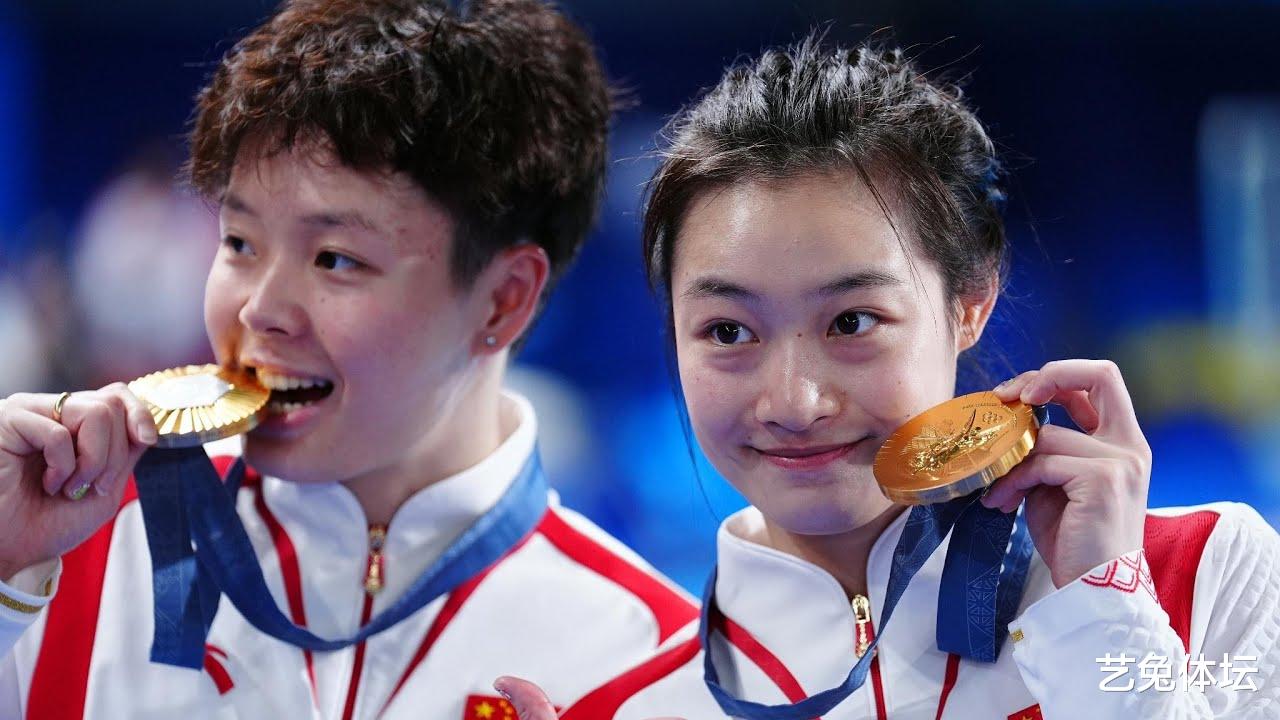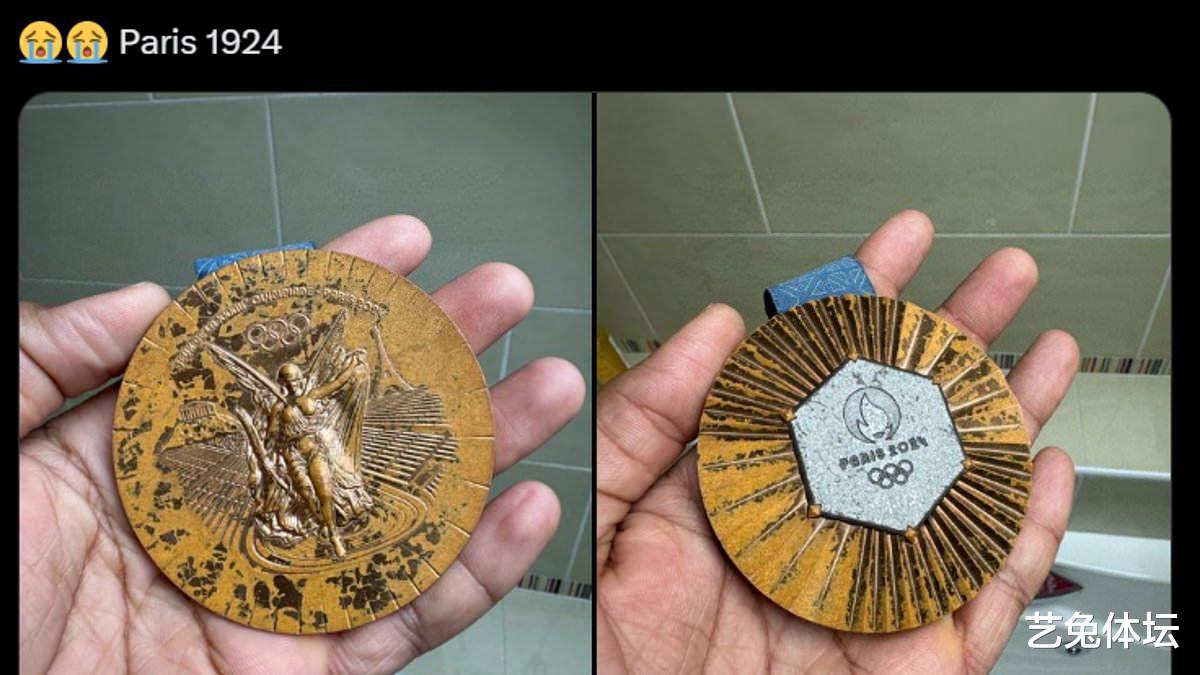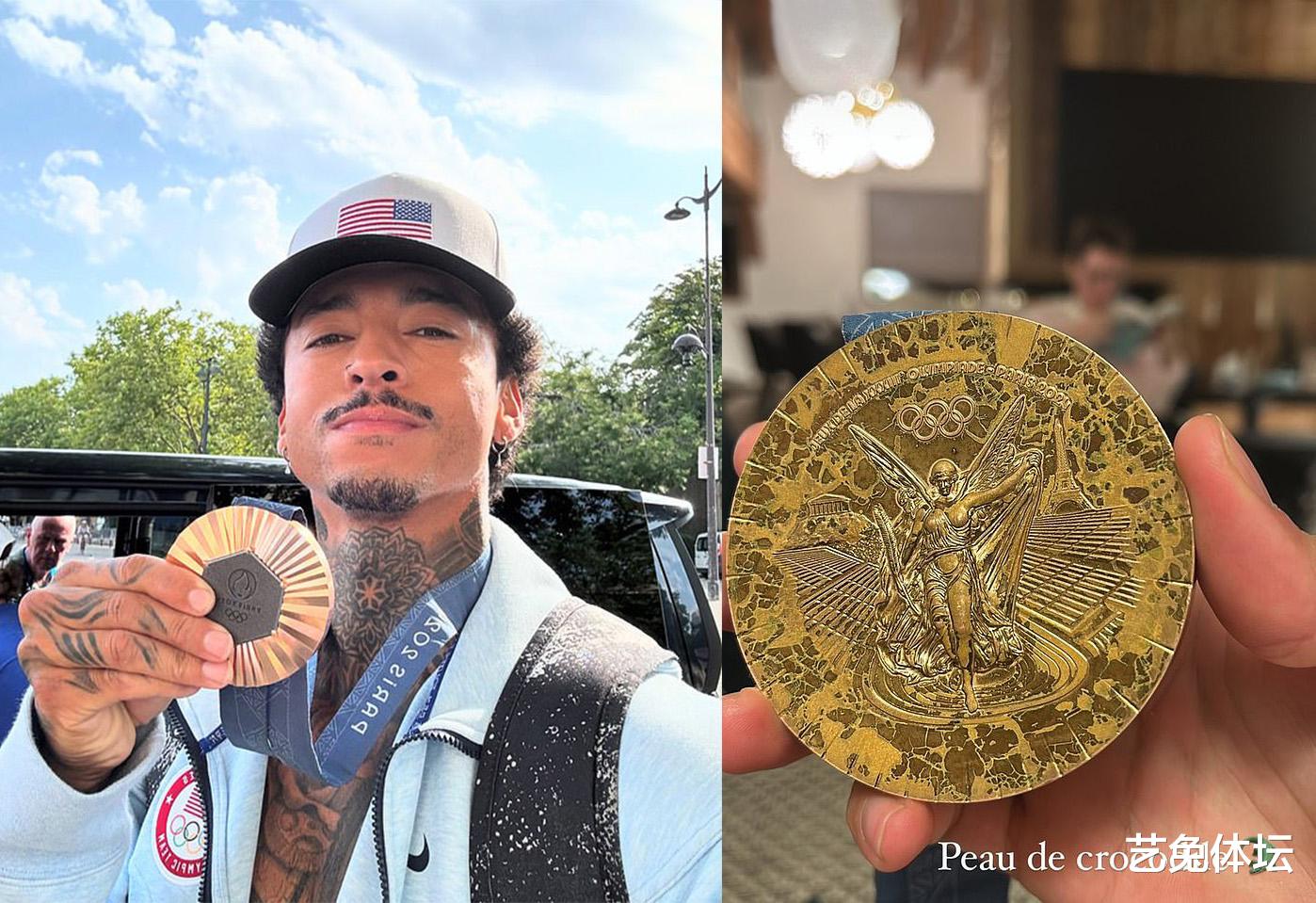It is well-known that the medals of the Paris Olympics are touted for their emphasis on environmental protection and sustainable development, while also showcasing France's profound cultural heritage. However, more importantly, there is a lack of funding.
In terms of material and cost, the Paris Olympics have set a new low.

According to the medal production process of the Paris Olympics released by Oxford Economics ↓↓↓
Gold Medal: Mainly made of about 523 grams of pure silver, with an outer layer of 6 grams of pure gold plating, weighing approximately 529 grams in total. According to estimates by the Oxford Economics Institute, the material value of each gold medal is about $1027.

Silver Medal: Entirely crafted from about 525 grams of pure silver, with a material value of about $535.
Bronze Medal: Weighing about 455 grams, made of an alloy of copper, tin, and zinc, with a material value of about $4.6.

The official Olympic website reports that at the center of each medal is embedded a hexagonal piece of iron taken from the original ironwork of the Eiffel Tower, symbolizing France's cultural heritage.
These iron pieces have been meticulously polished to restore their original color and printed with the emblem of the Paris Olympics. The front design of the medal features radiant lines surrounding the central iron piece, echoing Paris' reputation as the "City of Light." Additionally, the production of the medals adheres to the regulations of the International Olympic Committee, ensuring that their size and quality meet the standards.

However, it turns out that the rust from the Eiffel Tower cannot be hidden on the gold medals.
Just four months after the opening of the Paris Olympics, and only three months since the athletes received their medals, several athletes have recently complained that the medals have faded and rusted!

During the Olympics, American athletes Niaja Houston, Nick Itkin, and Ilona Maher, among others, shared images of their medals on social media, showing damage shortly after receiving them.
At the time, many athletes filed complaints with the organizing committee, and the Paris Organizing Committee officially promised to replace any damaged medals.

Now, Clement Seguin and John Ndoye-Brouard have both shared images of their medals on social media and humorously commented "Paris 1924," poking fun at the aging and rusting of the Paris Olympic gold medals.
They won bronze medals in the 4x100-meter mixed relay swim competition in Paris.

John Brouard shared a photo of his rusted bronze medal on social media in response, jokingly saying, "Well, these Olympic medals look great when they're brand new, but when I wear them around my neck and they come into contact with my skin, I sweat a bit, and a few days later when I let a friend wear it, I notice it has already changed significantly."
Copper can rust, and naturally, iron will rust faster when exposed to water. For the iron medals of the Paris Olympics, this is undoubtedly inevitable.

British diver Yasmine Harper also revealed that within a week of winning the women's 3m synchronized diving bronze medal with her partner Scarlett Mew Jensen, her medal showed signs of fading and damage.
This was also the first medal for the British delegation at the Paris Olympics, but Yasmine Harper happily stated that she doesn't mind the fading of the medal, as it remains a medal.

After all, for the athletes, this is not just cold craftsmanship, but a testament to years of effort and glory.
This article is originally edited by Yitutiyutan.
Disclaimer: Images are sourced from the internet, please contact the author for any infringement.